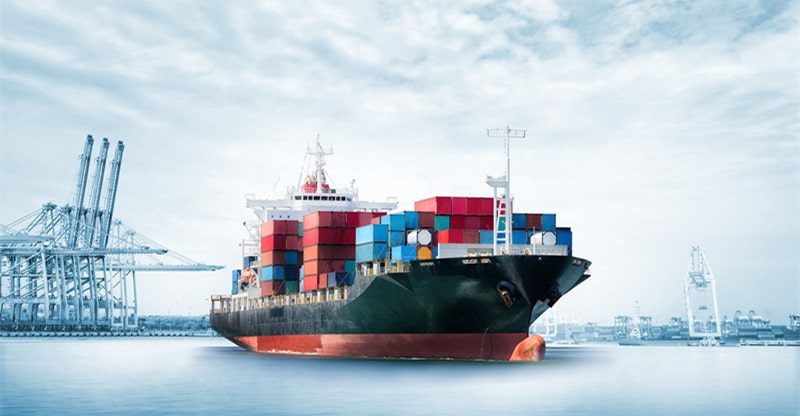From Purchase to Port: Navigating the Costs of Shipping Containers
When it comes to shipping containers, understanding the factors that influence their cost is crucial for making informed decisions. Whether you are in the process of purchasing a shipping container for personal or commercial use, it’s essential to navigate the complexities of pricing. In this article, we will explore the various factors that affect shipping container cost, enabling you to make a well-informed investment.
1. Container Condition
The condition of a shipping container plays a significant role in determining its cost. Containers are typically classified into three main categories: new, used, and refurbished. New containers, free from wear and tear, generally carry a higher price tag. Used containers, on the other hand, may have some signs of usage but are still structurally sound and more budget-friendly. Refurbished containers are those that have undergone repairs and maintenance, providing a balance between quality and cost.
2. Container Size and Type
Another crucial factor that affects the cost of shipping containers is their size and type. Containers come in various dimensions, with the most common sizes being 20 feet and 40 feet in length. Larger containers generally come at a higher price due to their increased capacity. Additionally, specialized containers designed for specific purposes, such as refrigerated or high-cube containers, may have higher costs due to their unique features.
3. Quality and Certification
The quality and certification of a shipping container can significantly impact its price. Containers that meet international standards and possess valid certifications, such as those from the International Organization for Standardization (ISO), are generally priced higher. These certifications ensure that the container meets strict industry specifications, guaranteeing its structural integrity and suitability for shipping and storage purposes.
4. Supply and Demand
The principle of supply and demand also plays a vital role in determining shipping container costs. Factors such as regional availability, market demand, and fluctuations in the global shipping industry can affect prices. In areas where containers are in high demand, prices may be higher due to limited supply.
Conversely, regions with surplus container stocks may offer more competitive pricing. Staying informed about market trends and understanding the local supply and demand dynamics can help you make cost-effective choices.
5. Location and Delivery
The cost of shipping containers is not limited to the purchase price alone. Additional expenses may arise when it comes to transporting the container to your desired location. Factors like transportation distance, logistics, and the mode of delivery (land, sea, or air) can influence the overall cost. It is important to consider these factors and obtain quotes from reliable transportation providers to accurately estimate the total expenditure involved in acquiring the shipping container.
Conclusion
In conclusion, understanding the various factors that influence the cost of shipping containers, such as condition, size, type, quality, supply, and demand, as well as location and delivery, is essential for making an informed purchase. By considering these factors and conducting thorough research, you can strike a balance between cost and quality, ensuring that your investment in a shipping container aligns with your specific requirements.
Remember to consult reputable suppliers, compare prices, and evaluate the overall value proposition before finalizing any shipping container purchase, enabling you to confidently navigate the world of shipping container costs and make a decision that suits your needs and budget.



